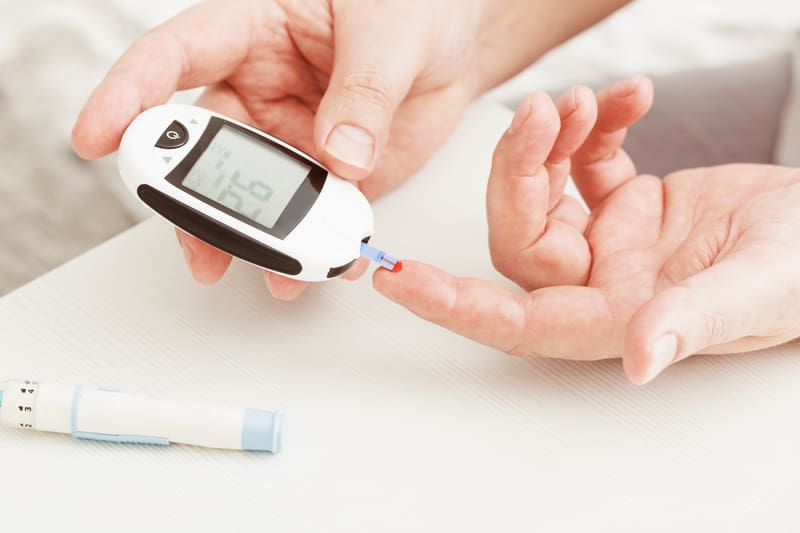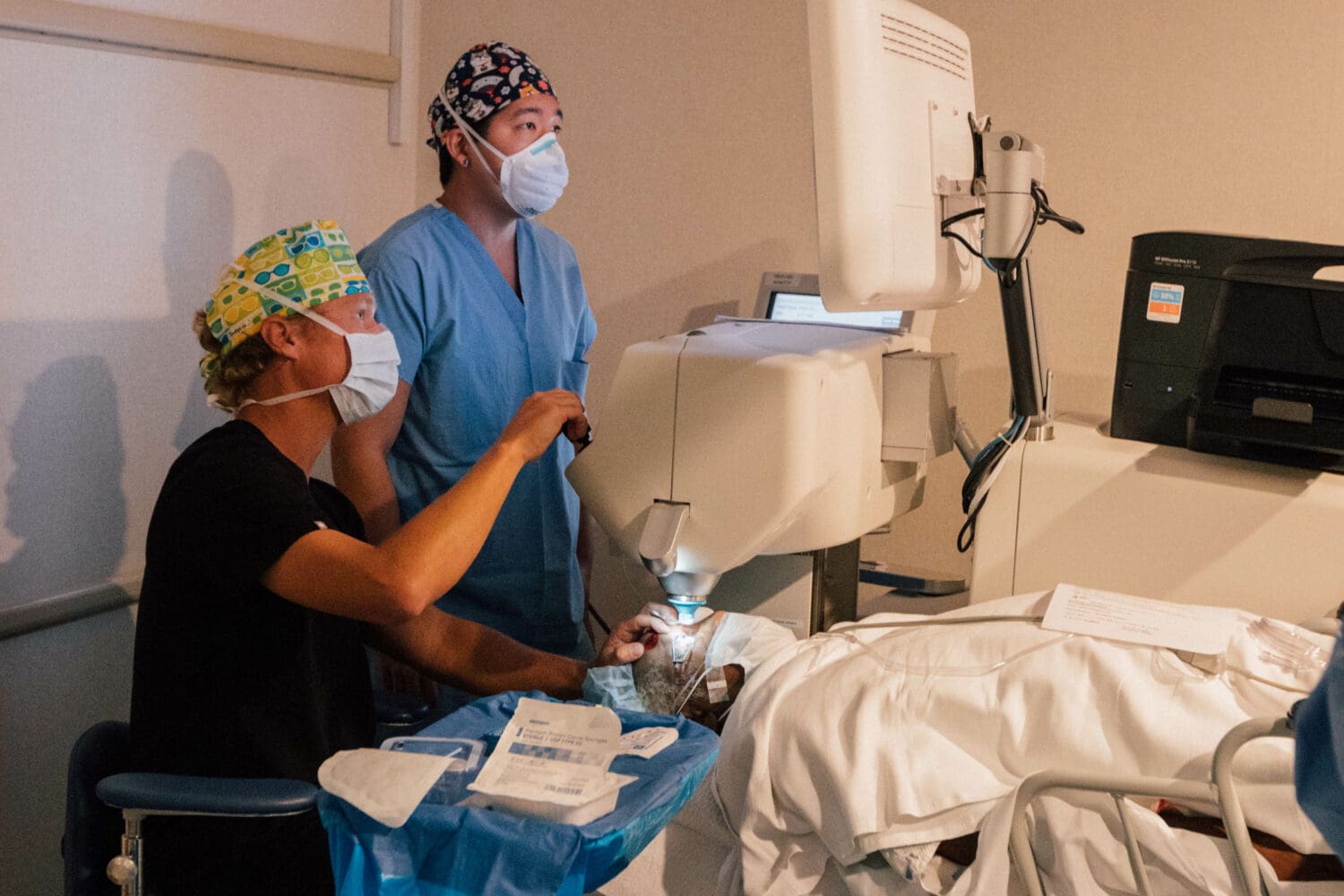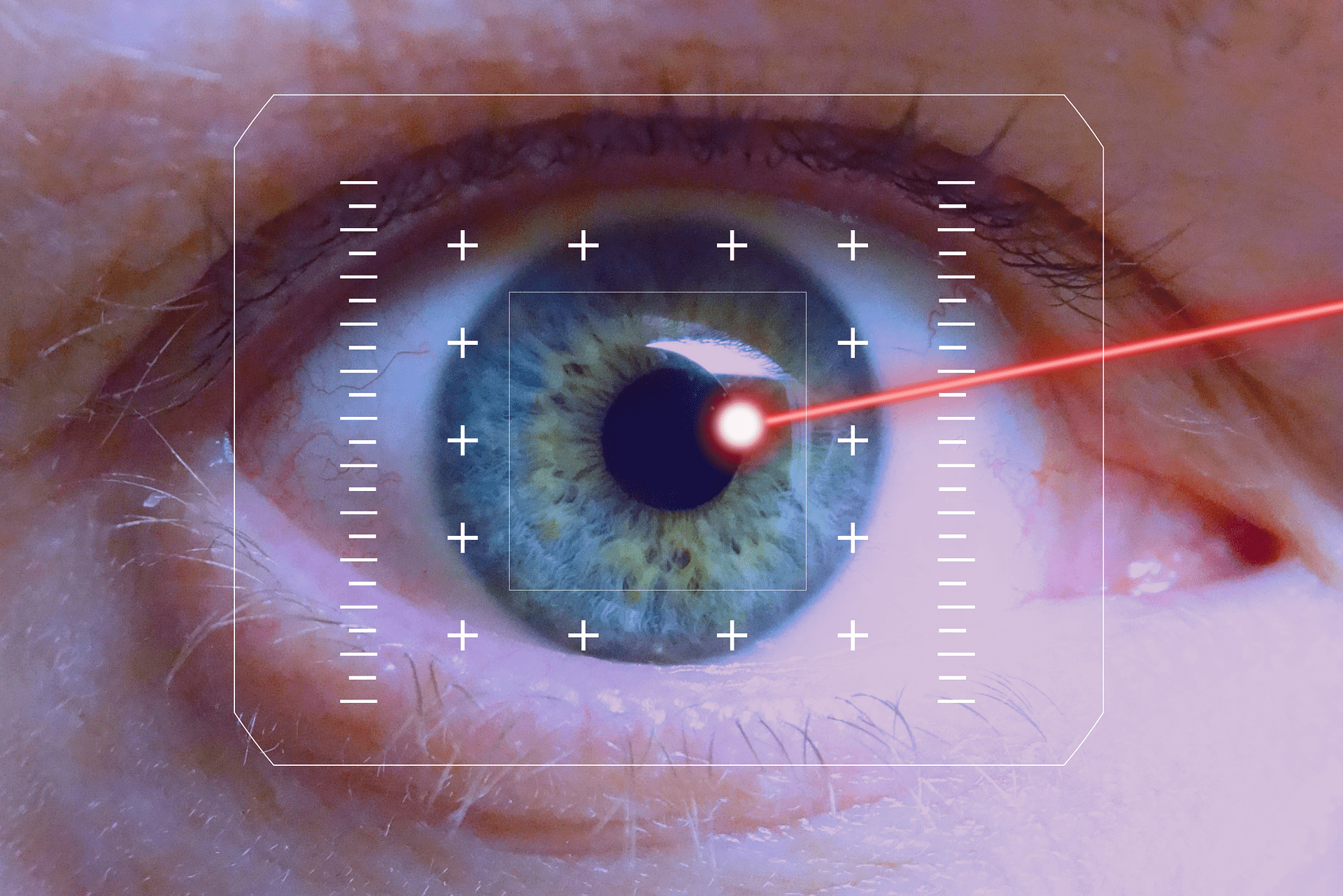LASIK eye surgery has transformed the lives of millions by offering a long-term solution to…

Exploring the Link Between Diabetes and Cataracts
Health conditions like diabetes are often associated with a range of potential complications, many of which can significantly affect an individual’s quality of life. One common but often overlooked issue among people with diabetes is an increased risk of developing cataracts. We will explore the connection between diabetes and cataracts, shedding light on why this connection exists and what you can do about it.
What are Cataracts?
Cataracts refer to a clouding of the eye’s lens, which leads to decreased vision. They usually develop slowly and can affect one or both eyes. Symptoms may include blurred vision, difficulty seeing at night, sensitivity to light and glare, seeing “halos” around lights, fading of colors, and double vision in a single eye.
The Connection Between Diabetes and Cataracts
Diabetes is a condition characterized by high blood sugar levels. Over time, these elevated sugar levels can cause damage throughout the body, including the eyes. Diabetes can lead to several eye-related complications, and cataracts are among the most common.
Studies suggest that people with diabetes are 2-5 times more likely to develop cataracts than those without diabetes. The connection lies in how excess glucose in the body interacts with the eyes.
In people with diabetes, excess glucose can enter the eye lens. This surplus glucose can then be converted into a sugar called sorbitol. Accumulation of sorbitol can cause the cells in the lens to swell, leading to cloudiness, or what we know as cataracts.
Cataracts at a Younger Age
While cataracts are usually a part of the aging process, individuals with diabetes tend to develop cataracts at a younger age and the cataracts progress more rapidly than in individuals without diabetes. This makes regular eye examinations and early detection all the more important for people living with diabetes.
Managing and Treating Diabetes-Related Cataracts
Good diabetes management is key to slowing the progression of cataracts and other eye-related complications. This generally involves a combination of healthy eating, regular physical activity, medication, and frequent blood sugar monitoring.
In terms of direct treatment for cataracts, surgery is the only effective remedy. Cataract surgery involves removing the cloudy lens and replacing it with a clear artificial one. The procedure is relatively safe and has a high success rate.
There’s a significant link between diabetes and cataracts, with individuals with diabetes being at a higher risk of developing cataracts. However, good diabetes management, regular eye examinations, and timely treatment can go a long way in preserving eye health. If you have diabetes, it’s crucial to be aware of this connection, stay vigilant about any changes in your vision, and seek prompt medical care when needed. Your eyesight is precious – take the necessary steps to protect it.
Are there still lingering questions in your mind? We encourage you to explore our comprehensive FAQ section.



